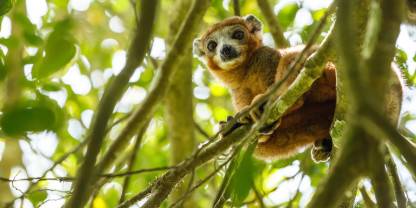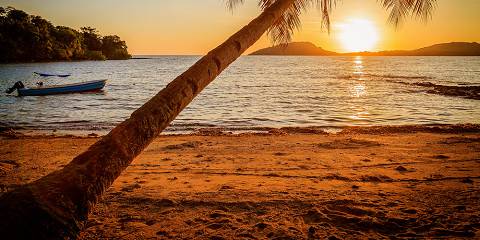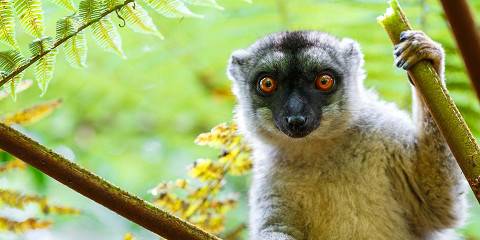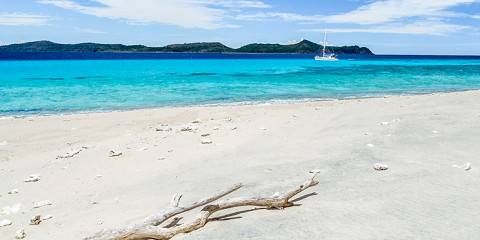Ankarana Special Reserve (Réserve Spéciale Ankarana) protects Madagascar’s most accessible major rock formation. This is a spectacular landscape of jagged limestone ridges and needles separated by steep, narrow canyons carved over millions of years of erosion. A Unesco World Heritage Site since 2023, Ankarana overlies a 100km/62mi network of underground rivers considered to be the largest in Madagascar and possibly anywhere in Africa. It hosts a good variety of lemurs, reptiles and birds.

-
Best Time To Go
- May to November (Best hiking weather)
-
High Season
- July, August and December holidays (The park is busy)
-
Size
- 253km² / 98mi²
-
Altitude
-
21-451m /69-1,480ft
 View Photos
View Photos
 View Photos
+24
Photos
View Photos
+24
Photos
Pros & Cons
- Unique dramatic landscape
- Mysterious bat caves
- Boardwalks over the
- Several hiking circuits, from easy to difficult
- Good accommodations options near the entrance gate
- Very hot, which can be challenging on longer hikes
- No accommodations inside the park; it’s camping only
Wildlife
Ankarana hosts a large variety of lemurs including Sanford’s brown lemur and crowned lemur. It is one of the few parks where the sought-after fossa is occasionally seen, and lucky visitors might also spot a ring-tailed mongoose. Reptiles are well represented. Species to look out for include panther chameleon, giant day gecko, Madagascar ground boa and the well-camouflaged leaf-tailed gecko.
More about Ankarana’s wildlifeScenery
The reserve protects the Ankarana massif, a limestone plateau that formed around 150 million years ago. Erosion has gradually transformed this ancient plateau into a spectacular formation of a type known locally as (literally ‘to walk on tiptoes’). At Ankarana, the tsingy formation can be explored along a network of boardwalks, bridges and viewing platforms. These offer a thrilling bird’s-eye perspective over the maze of razor-edge ridges and steep gorges.
Activities
Several guided day walks are available. The most popular short trail, around 6km/4mi in either direction, includes a visit to the as well as to the aptly named Grotte des Chauves-Souris (literally ‘bat cave’). For fit and energetic travelers, the more demanding Moyen Circuit is a 20km/12.5mi hike that leads to Ankarana’s most spectacular tsingy formation via a pair of suspension bridges. All the trails offer fair lemur spotting and bird watching.
Weather & Climate
Ankarana is located at low altitude and has a hot, tropical climate. Temperatures are quite even throughout the year and easily peak over 30°C/86°F. Rainfall, however, is very seasonal and torrential downpours can be expected from December to March.
More about the weather and climateBest Time To Visit
Ankarana can be visited throughout the year, but as the park is primarily a hiking destination, the months from May to November offer the best conditions. These months are also slightly less hot. In October and November many lemurs have babies.
More about the best time to visit



